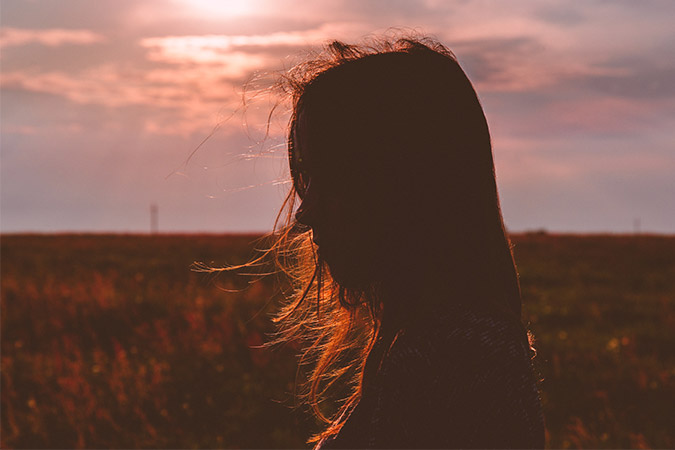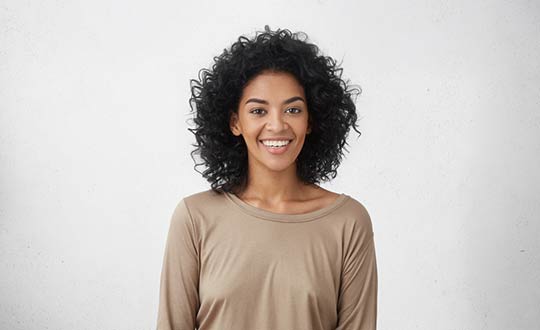When it comes to professional quality portraiture, a key differentiator between good and great photographers is the ability for the artist to capture and portray emotions in the subject’s face.
There is a difference between a basic, standard headshot (which, depending on the project you’re hired to do, might be more appropriate), versus an emotional, expressive image that tells the viewer more of a story about the subject being captured.
Capturing emotion via photography can be incredibly tricky. Many artists struggle to tell stories through portraiture work, since there is only so much you can demonstrate when you’re capturing an image of a person's face, compared to a scenery shot for example, where you have much more freedom to show and tell.
However, if this is something you’re looking to improve, there are a few helpful photography tricks you can employ in an effort to take more emotive portraits.
How to Capture Emotion in Portraits
- Try Working In a Familiar Setting
One of the biggest issues photographers commonly run into when taking portraits of their clients is that those clients are somewhat uncomfortable and shy about having their picture taken. Tons of people get camera shy, and that discomfort has a tendency to register and show on their faces in the shots.
That being said, as a photographer, an important part of your job is to help put your subjects at ease. One of the simplest ways to do this is to try shooting on location. Are you photographing a chef for example, because he or she wants to add a nice headshot to their website? Instead of having them come into your studio, ask if you could come in and take their picture in the kitchen they work in.
- Don’t Micromanage
This also contributes to the key goal of putting your subjects at ease. The truth is, if you want to capture the sincere emotional essence of your subject, you really want them to be themselves and that won’t happen if the subject is feeling nervous.
Many photographers make the mistake of over-correcting subject behavior right off the bat when diving into a shoot. This is not the best bet. Even if you begin your session and your subject looks too stiff, or they’re slouched over in a way you don’t love, give it some time before speaking up and correcting their behavior. More often than not, your subject will move around and correct their posture and experiment with different facial expressions on their own. The subject is much more likely to respond well and feel at ease if they’re met with positive reinforcement and enthusiasm, especially when you’re first starting out the session.
Try giving nothing but encouragement, compliments, and positive reinforcement when you’re first getting started. You will make your subject feel confident and good, and he or she will then be more likely to start moving around and experimenting on their own. Once this happens, you have the freedom to point out which poses and expressions work even better for you compared to others.
- Keep Your Subjects Busy
Your subjects are much more likely to convey sincere emotion if you actually give them something to feel emotional about. Sitting in a chair and having your picture taken rarely makes any subject feel anything other than nervous. Consider keeping your subjects a little busy.
To circle back to the chef example we used before, if you’re photographing this individual on location in the kitchen they work in, you should ask them to actually start preparing or cooking a dish for the shoot if you’re looking to capture a more expressive, emotional look throughout the session. While they’re cooking, consider asking questions that might make them feel emotional- ask why they got into cooking, who inspires them as a chef, or to describe the biggest cooking disaster they’ve ever experienced. Answering fun questions like this while staying busy with a task will help your subject feel more relaxed and natural- and you’ll be more likely to catch them sincerely smiling or laughing.
Want to Learn More?
If professional photography is something that interests you as a career, enrolling in a formal training program can help. The New York Institute of Photography is a fully online school for photographers and has been training artists from across the globe for over 100 years.







